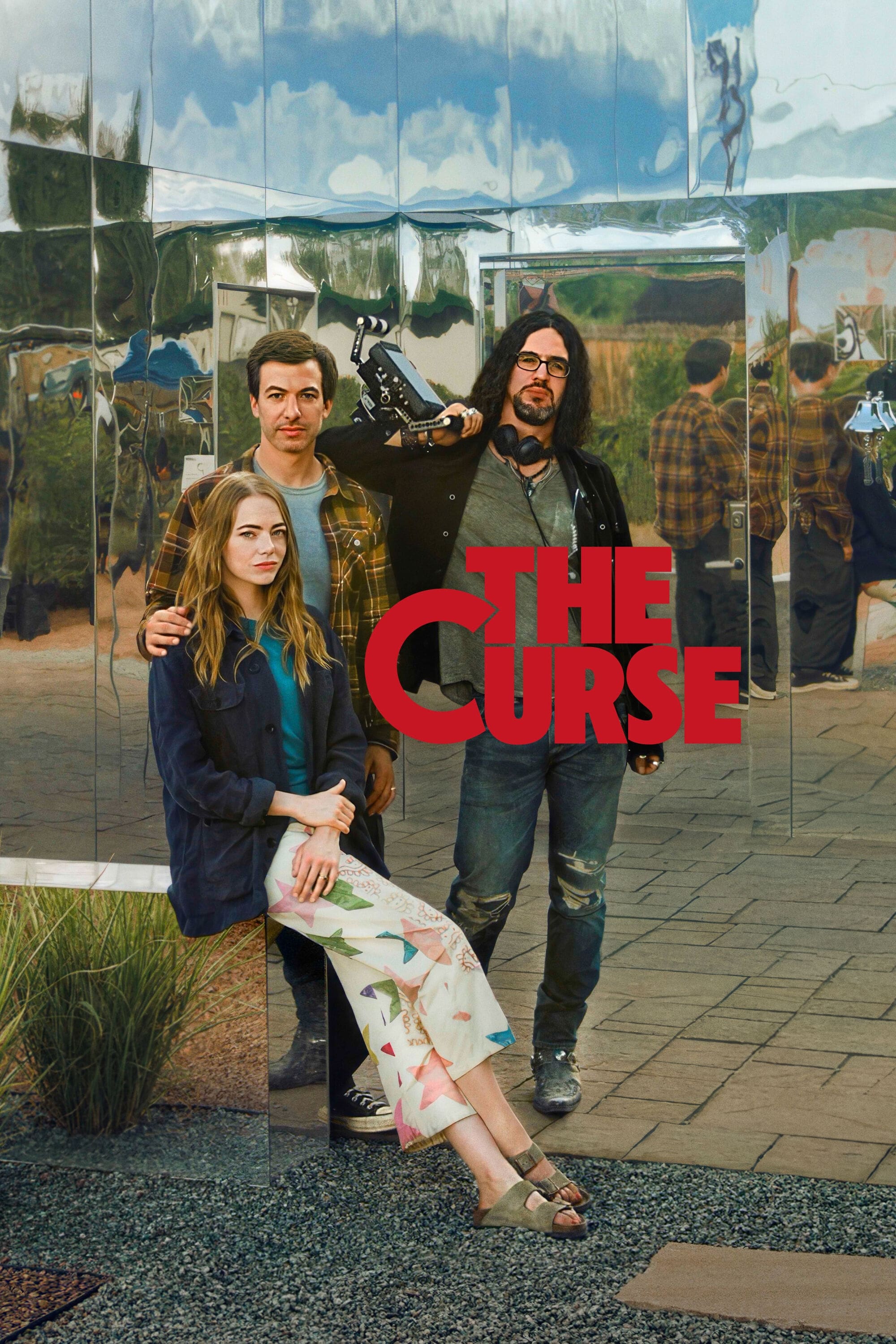
An alleged curse disturbs the relationship of a newly married couple as they try to conceive a child while co-starring on their problematic new HGTV show.

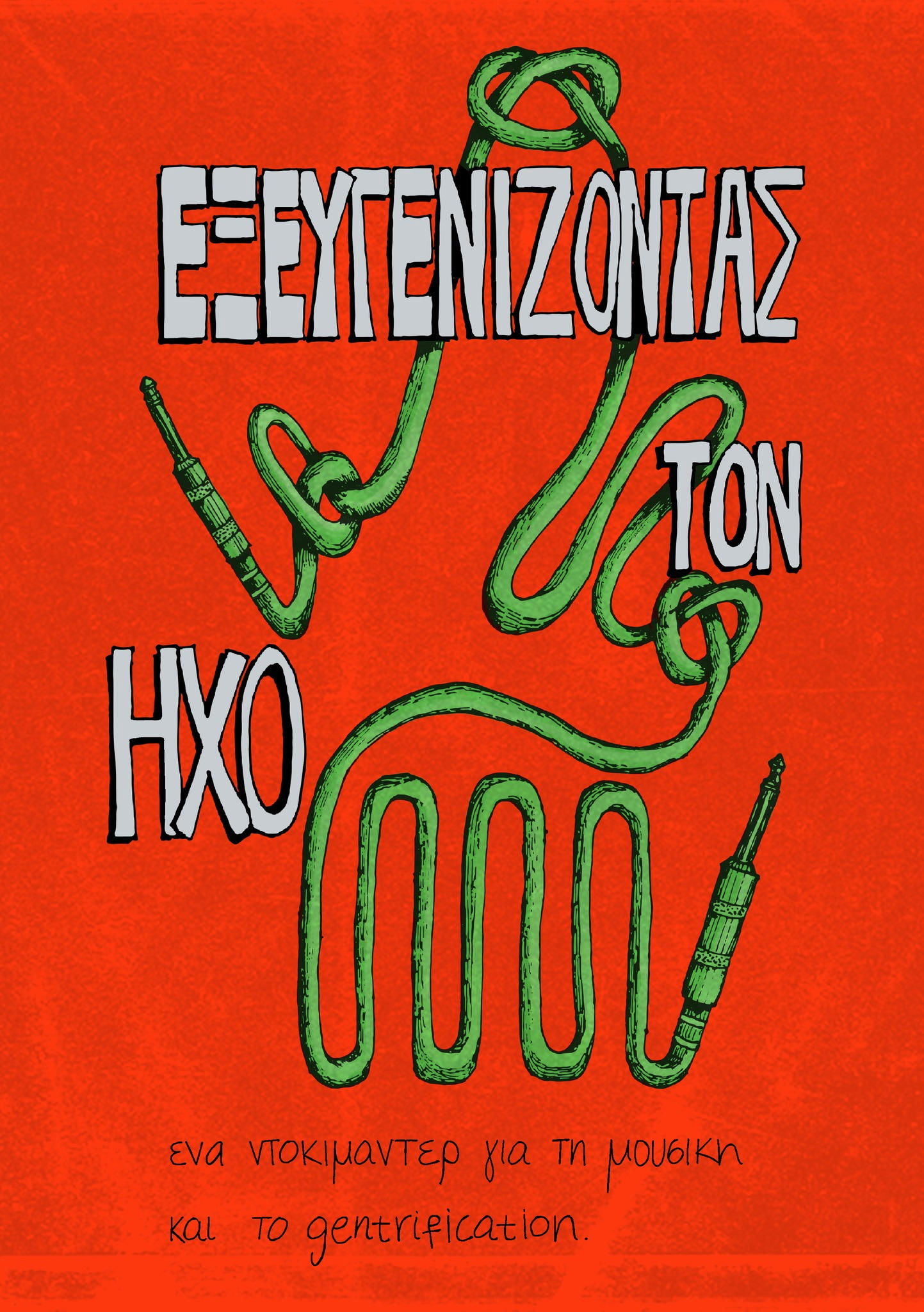
In the dilapidated industrial buildings in Upper Ladadika or in the wider area of Valaoritou in Thessaloniki, bands and creators flourished for over four decades. Rooftops, music studios and rehearsal halls with the decibels turned up created the space and time for a continuous explosion of cultural action, personal and collective expression. Through the eyes of the musicians and individuals who continue to shape the city's underground music scene, we see how all this creative expression is increasingly threatened by the ongoing process of displacement due to gentrification. We discuss Thessaloniki, music, the future and the resistance that can be born.
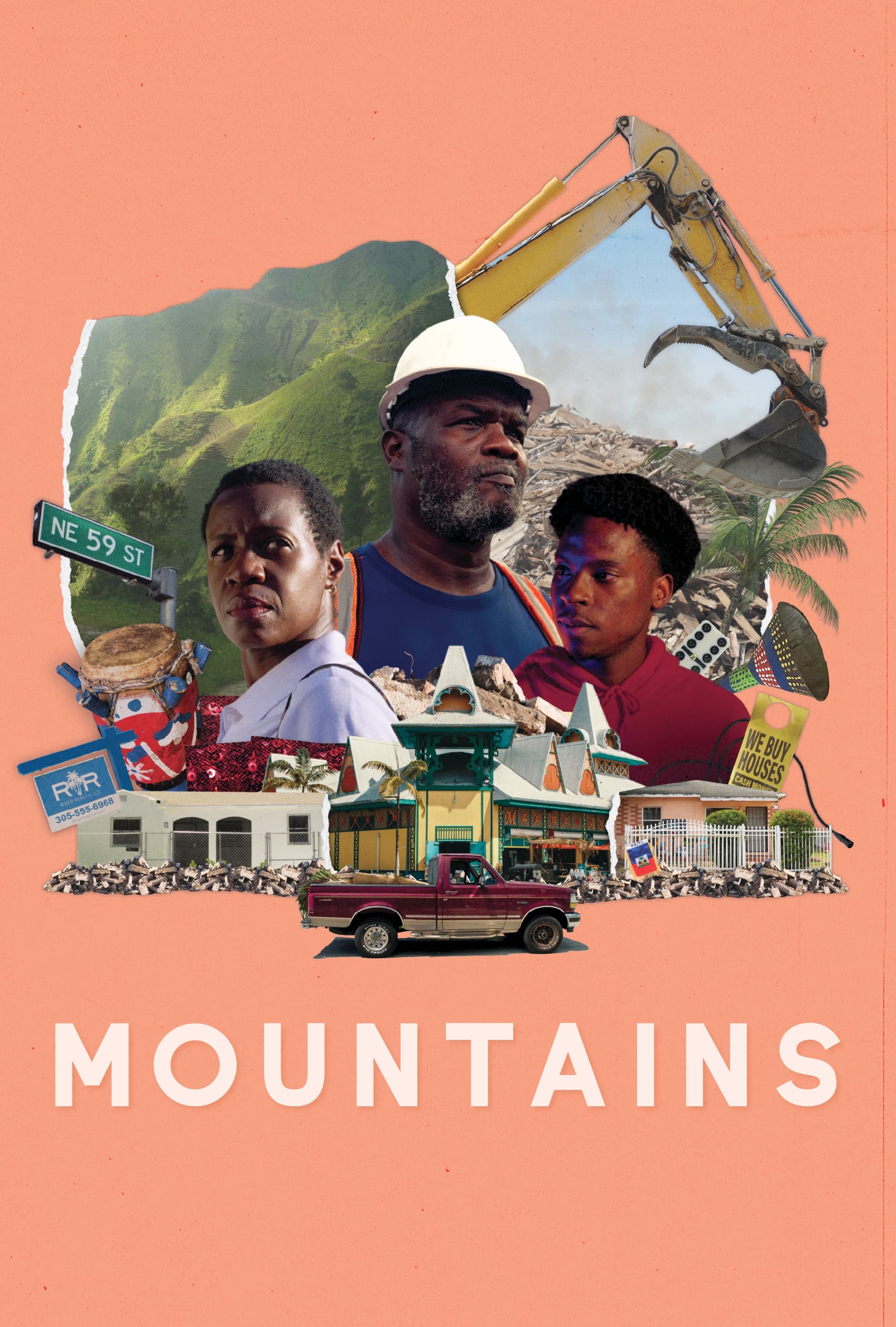
While looking for a new home for his family, a Haitian demolition worker is faced with the realities of redevelopment as he is tasked with dismantling his rapidly gentrifying Miami neighborhood.
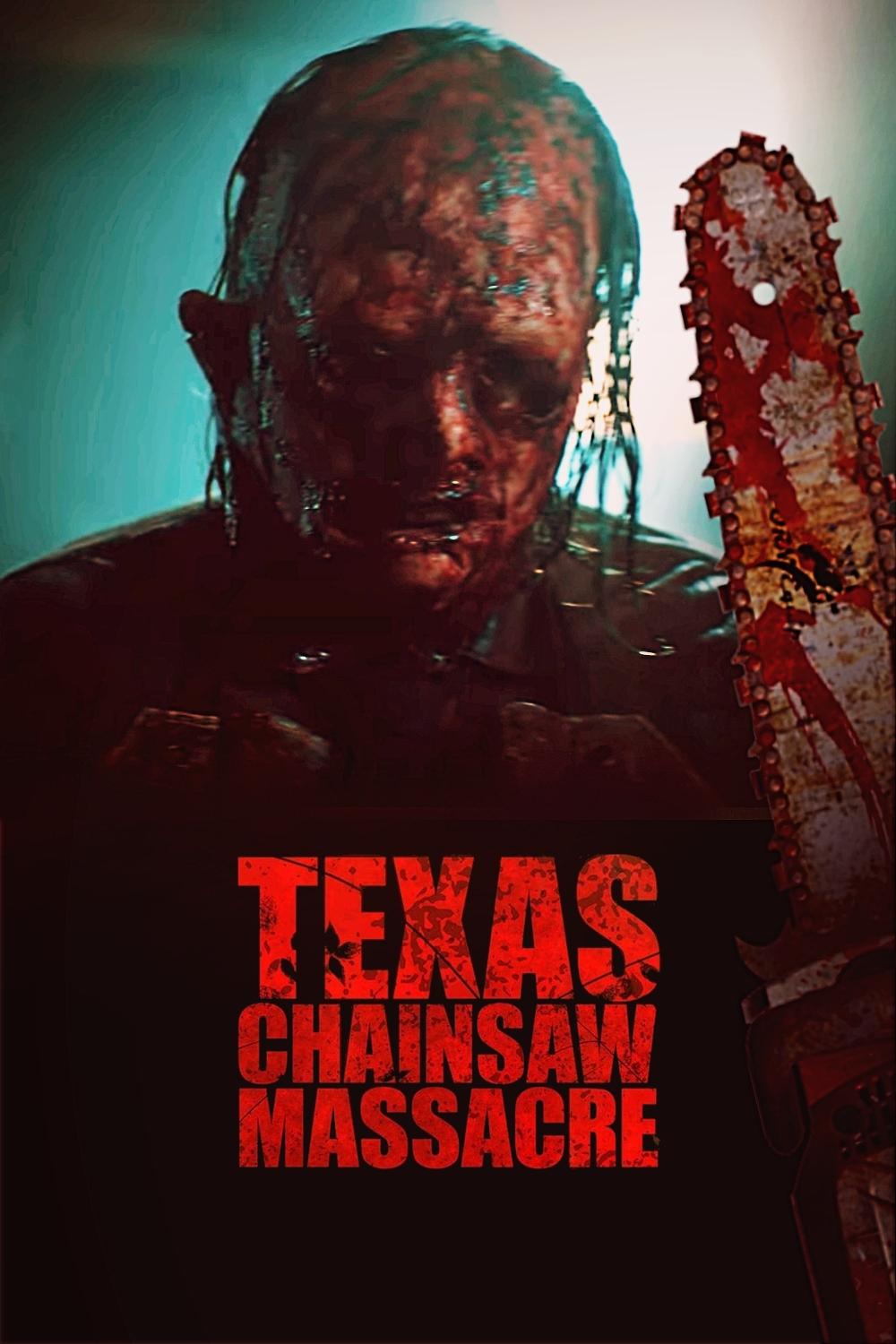
After nearly 50 years of hiding, Leatherface returns to terrorize a group of idealistic influencers who accidentally disrupt his carefully shielded world in a remote Texas town.
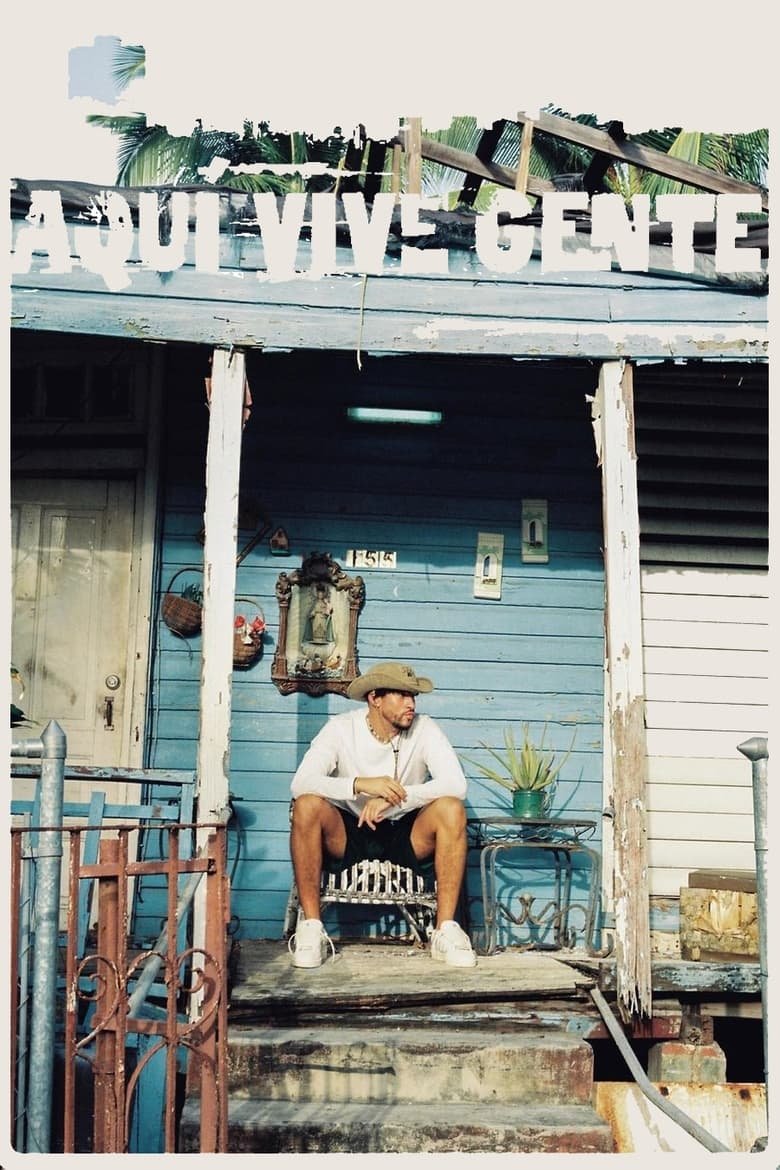
“El Apagón: Aquí Vive Gente” is a documentary directed by Bad Bunny and Blanca Graulau. This 23-minute film explores the socio-economic challenges in Puerto Rico, focusing on the effects of power outages and gentrification driven by the real estate and energy sectors. Through visuals and personal stories, the documentary highlights the experiences of Puerto Rican communities facing these issues.
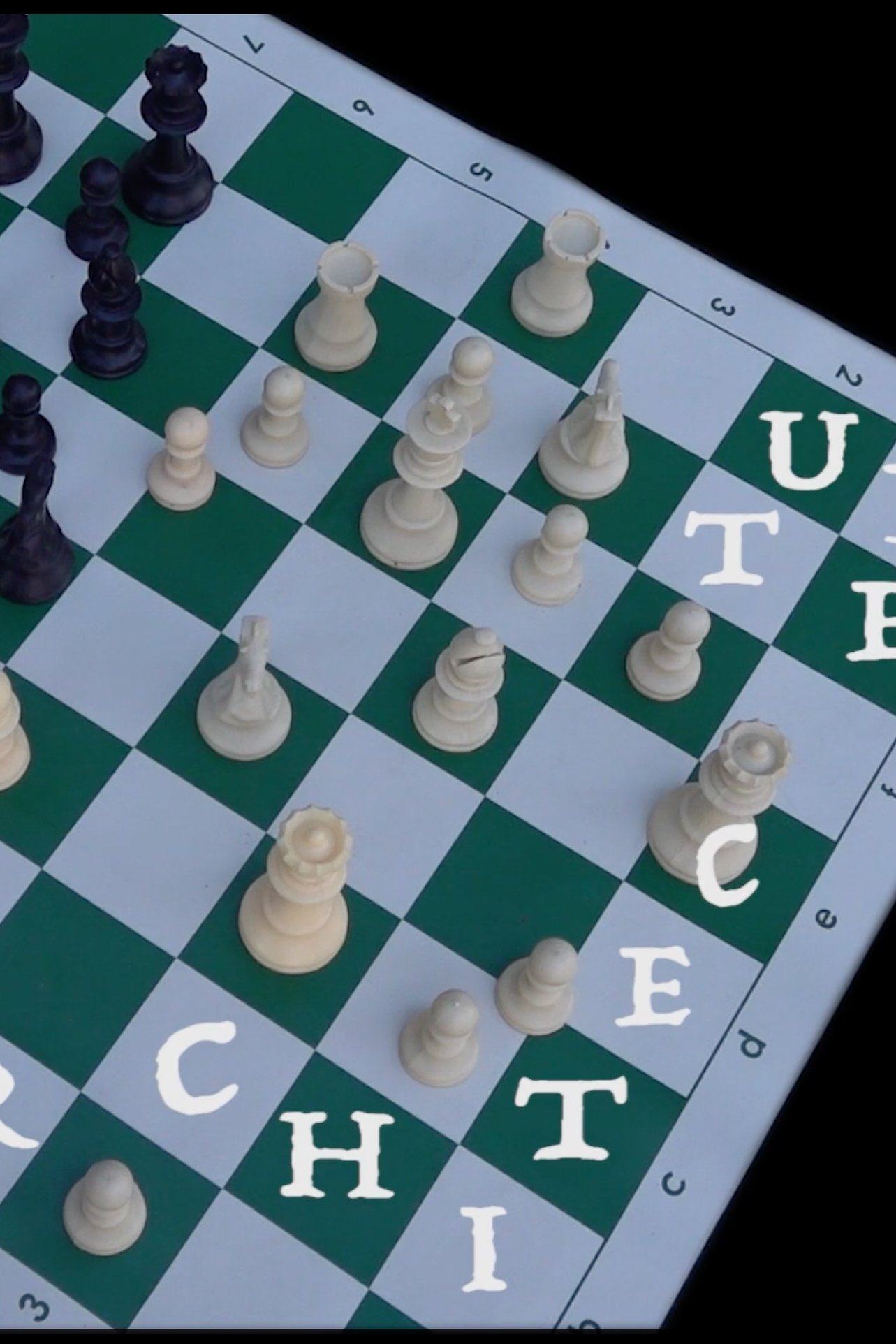
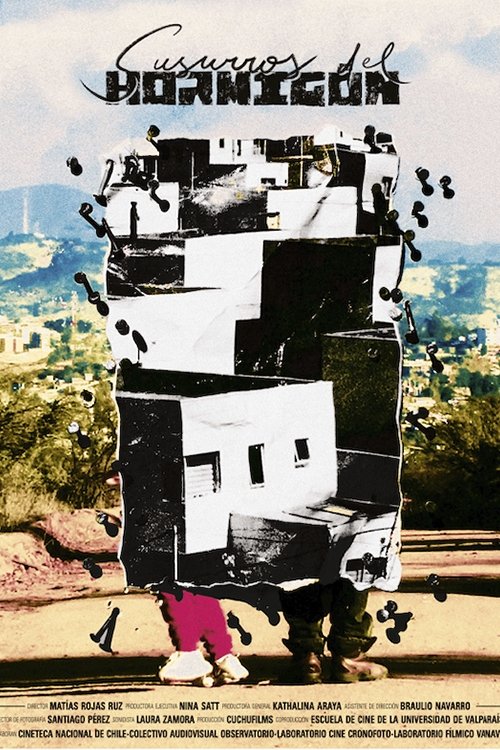
In recent years, the Marga Marga Province has witnessed a drastic change in the visual and sound landscape due to urban expansion. Faced with the observation and the need to explore the territory that seems more and more alien and less and less our own, the film functions as a material resource and support for plastic reflection on living in the midst of capitalist progress.

A tropical fish shop in the East End of London, the last of what used to be many. Tiny, watery dramas inside fish tanks accompany the thoughts of local fish-keepers, while father and son Big Tel and Little Tel work to keep the shop alive.
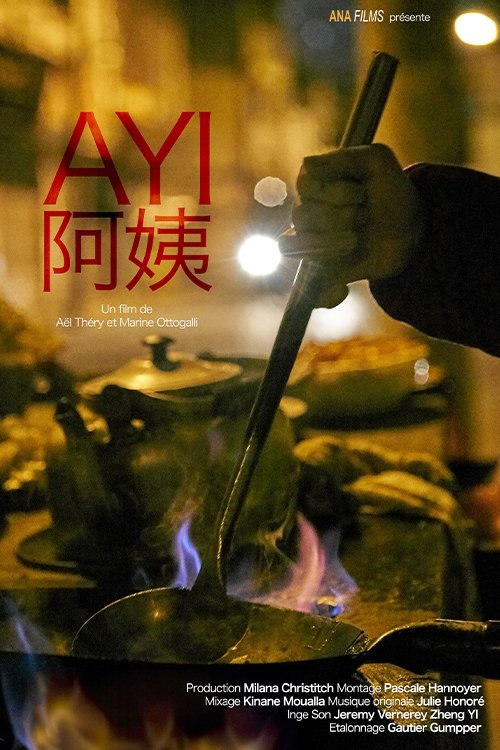
Ayi comes from a rural area of Eastern China and doesn’t have the residential permit that would allow her to work in Shanghai. Yet, she has been cooking in the streets for twenty years, in an old neighbourhood soon to be demolished. The film unveils the chaos of an ultra-modern city aiming to wipe out so-called substandard practices and to deport an unwanted population.
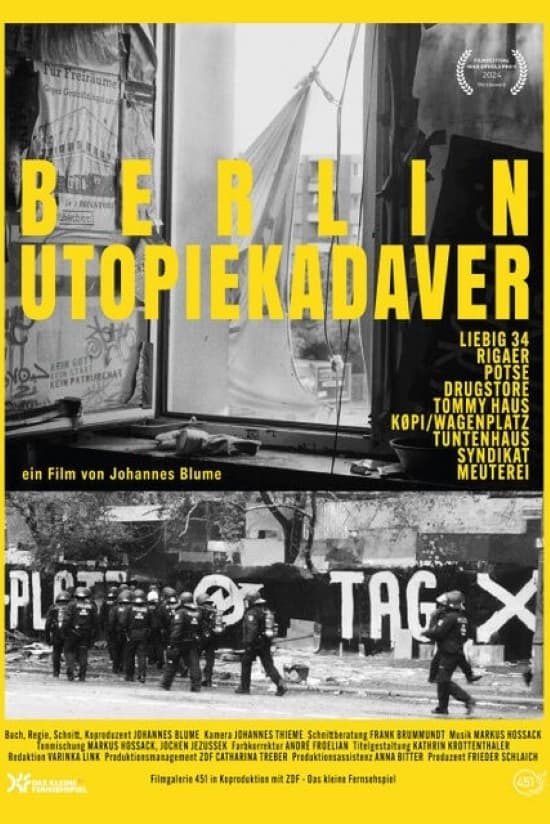
A taxi drives through the city of Berlin. Its driver is a punk, left and a well-known figure in the autonomous scene. The stations of his trip are the most important places of the autonomous scene: all in the struggle for survival. The last evictions have not yet been processed and the next ones are coming right up.

Diosdado spends his time debating with customers, particularly with his boss, who holds strong opinions about the financial aspects of the convenience store where he works.

Rua de Santa Catarina, a street that was formerly home to dozens of local businesses and hundreds of Porto residents, now sees a crowd of tourists attracted by the cheap, disposable amenities that are popping up everywhere at once. Gentrification has decontextualized Portuguese culture, rendering the landscape uncanny. The Basin Woman, a symbol of the female workers of the historic Bolhão Market, is chased down by seagulls in the midst of this transcendent chaos.
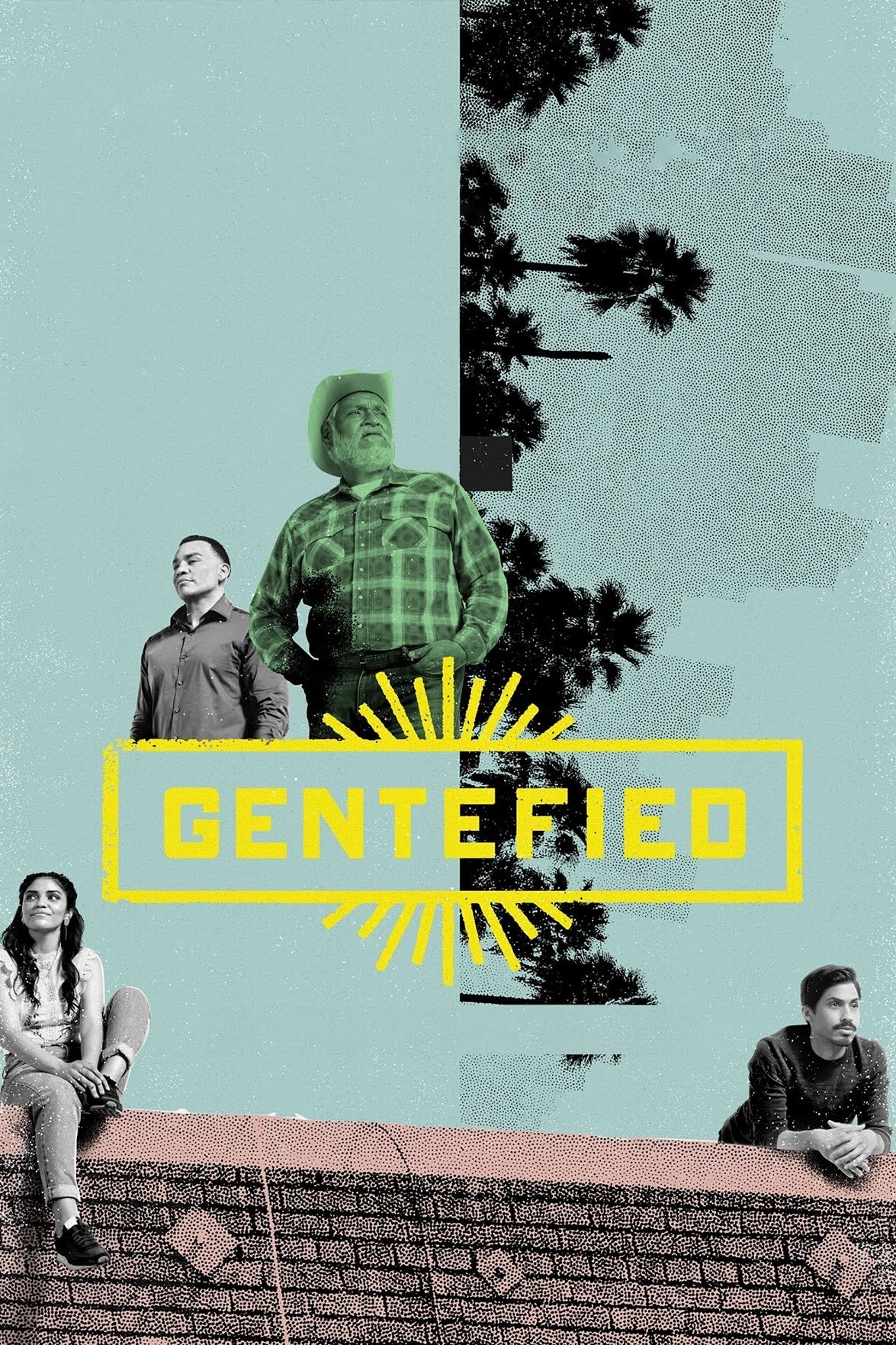
Three Latinx cousins navigate their differences as they work to keep their grandfather's taco shop afloat in their rapidly gentrifying L.A. neighborhood.

In 1959 New York City announced a "slum clearance plan" by Robert Moses that would displace 2,400 working class and immigrant families, and dozens of businesses, from the Cooper Square section of Manhattan's Lower East Side. Guided by the belief that urban renewal should benefit - not displace - residents, Frances Goldin and her neighbors formed the Cooper Square Committee and launched a campaign to save the neighborhood. Over five decades they fought politicians, developers, white flight, government abandonment, blight, violence, arson, drugs, and gentrification - cyclical forces that have destroyed so many working class neighborhoods across the US. Through tenacious organizing and hundreds of community meetings, they not only held their ground but also developed a vision of community control. Fifty three years later, they established the state's first community land trust - a diverse, permanently affordable neighborhood in the heart of the "real estate capital of the world."

A journey through the fantastic and mysterious Barcelona that the Spanish writer Carlos Ruiz Zafón (1964-2020) loved so much, the city of myth and legend, the city that was before it became one of the main European tourist destinations.
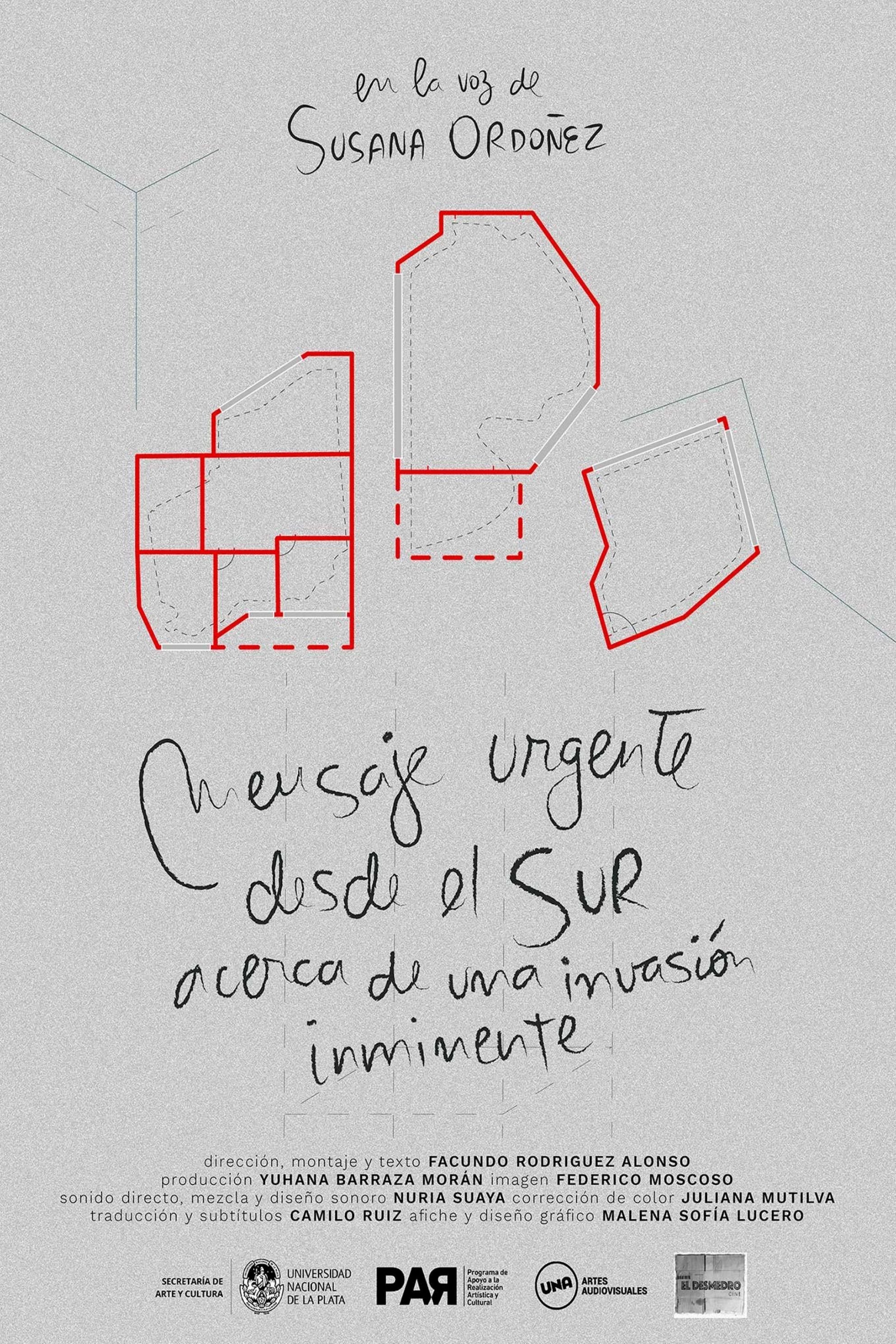
A dystopian short film about the gentrification processes in a city that could be Buenos Aires.
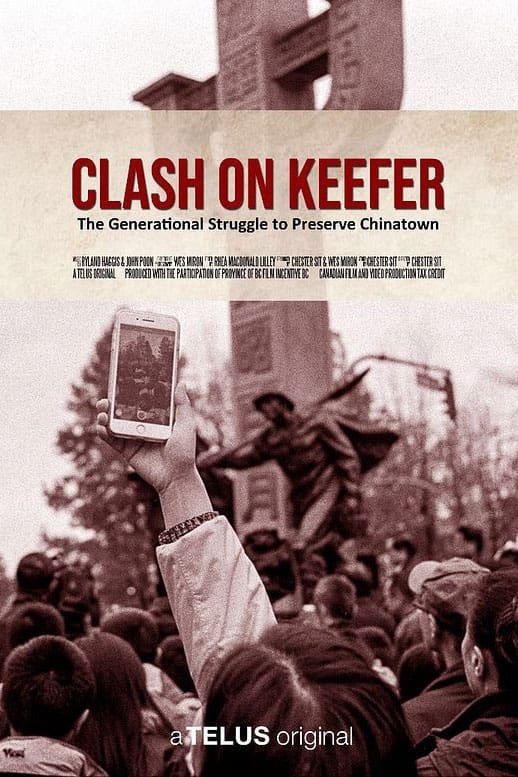
Chronicling the events surrounding the protests generated by the proposed redevelopment of an empty lot at 105 Keefer St., located at the heart of Vancouver's Chinatown.
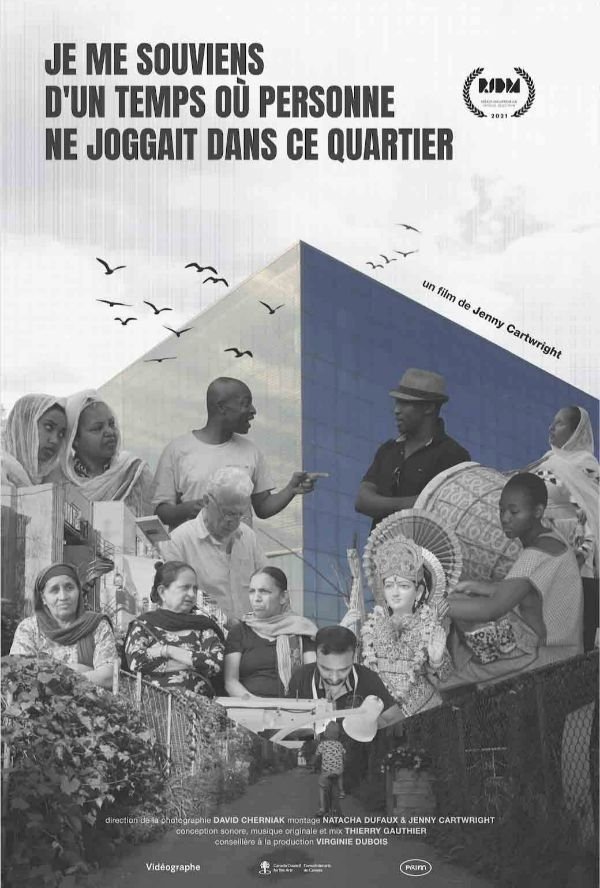
With its fluid arrangement of black and white scenes paired with an immersive soundscape, Je me souviens d’un temps où personne ne joggait dans ce quartier is a celebration of the many faces of Park Extension. The film provides a glimpse inside a festive cultural gathering; the workshop of a meticulous artisan; and an alley where a young cyclist is learning to ride. With her restrained approach, the filmmaker hints little by little at a seemingly inevitable transformation, while the relentless onset of gentrification threatens the social fabric of a neighbourhood. After a critically acclaimed detour into audio documentary, Jenny Cartwright returns to the evocative force of images to evoke a rich and diverse community.
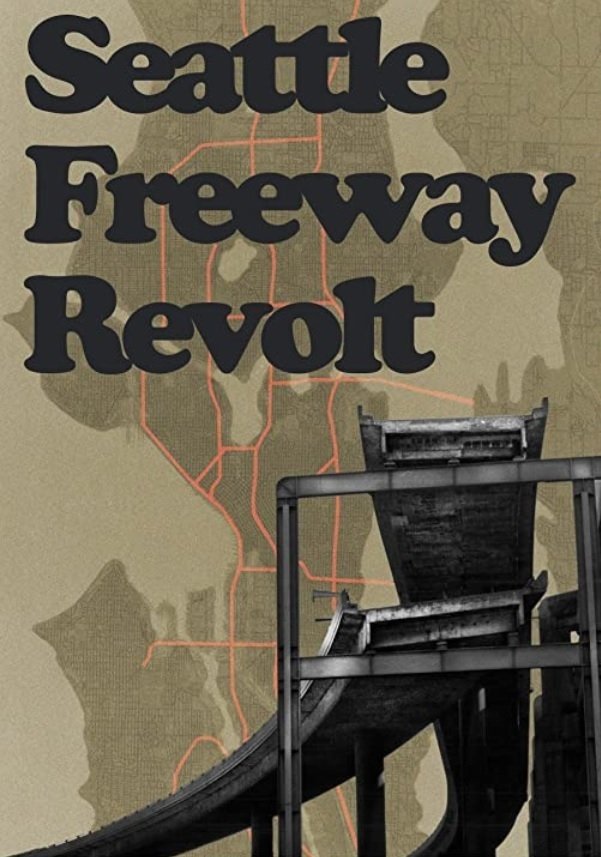
In the 1950s, Seattle had plans to build one of the densest networks of freeways in the world. It would have displaced thousands, especially the poor and people of color. Over the next two decades, a broad coalition of communities came together and halted these plans. Testimonies from that era are juxtaposed with interviews of activists who participated in the revolt, giving a picture of what Seattle could have been had the people not stood up to the highway lobby and their representatives.
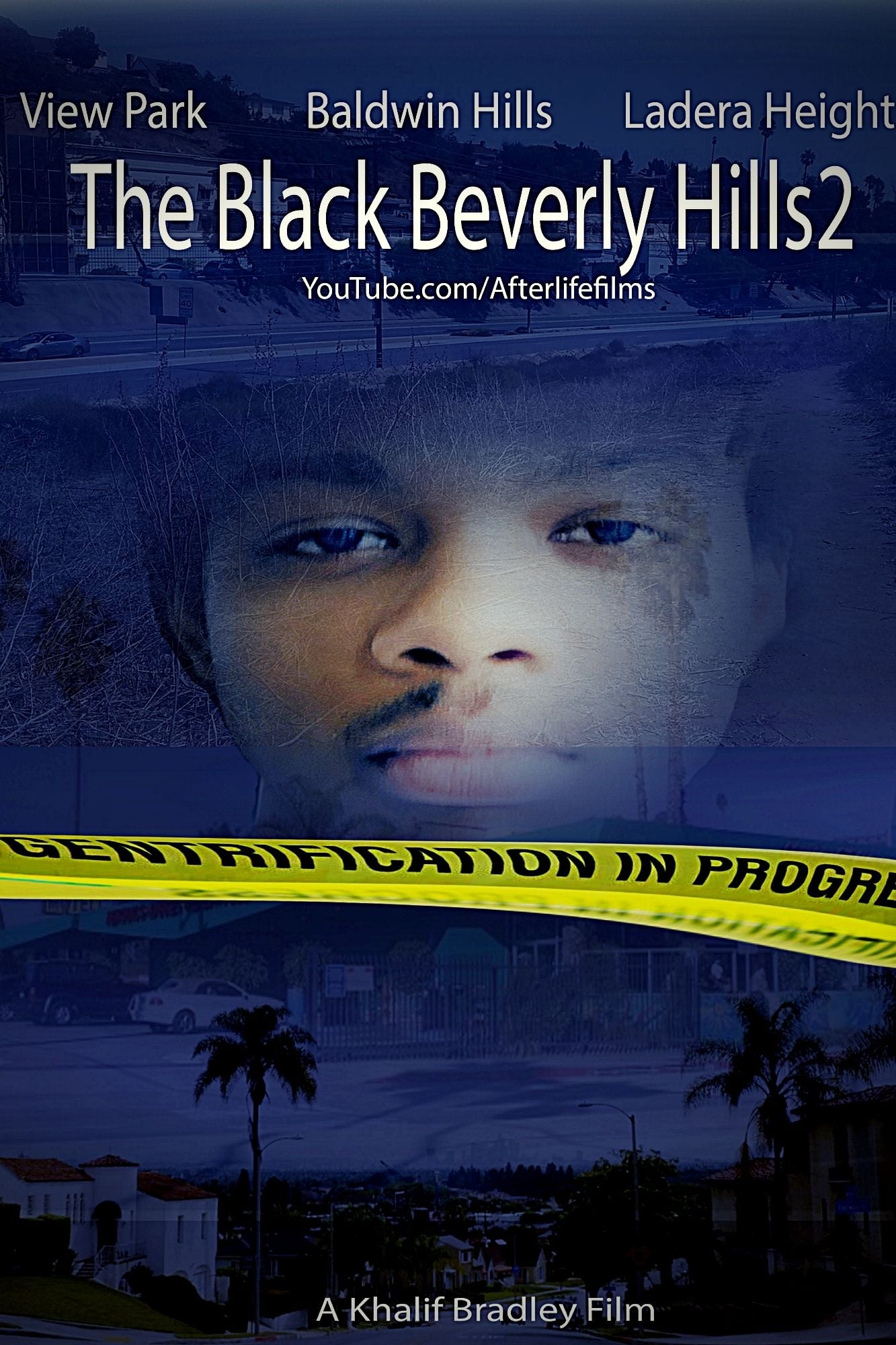
Nicknamed "The Black Beverly Hills," View Park, Baldwin Hills, and Ladera Heights, are unarguably the three most wealthiest black neighborhoods in the world. Residences from the neighborhoods tell stories of their personal upbringings, past and present history of their neighborhoods, and their own views and opinions of the changing demographics.
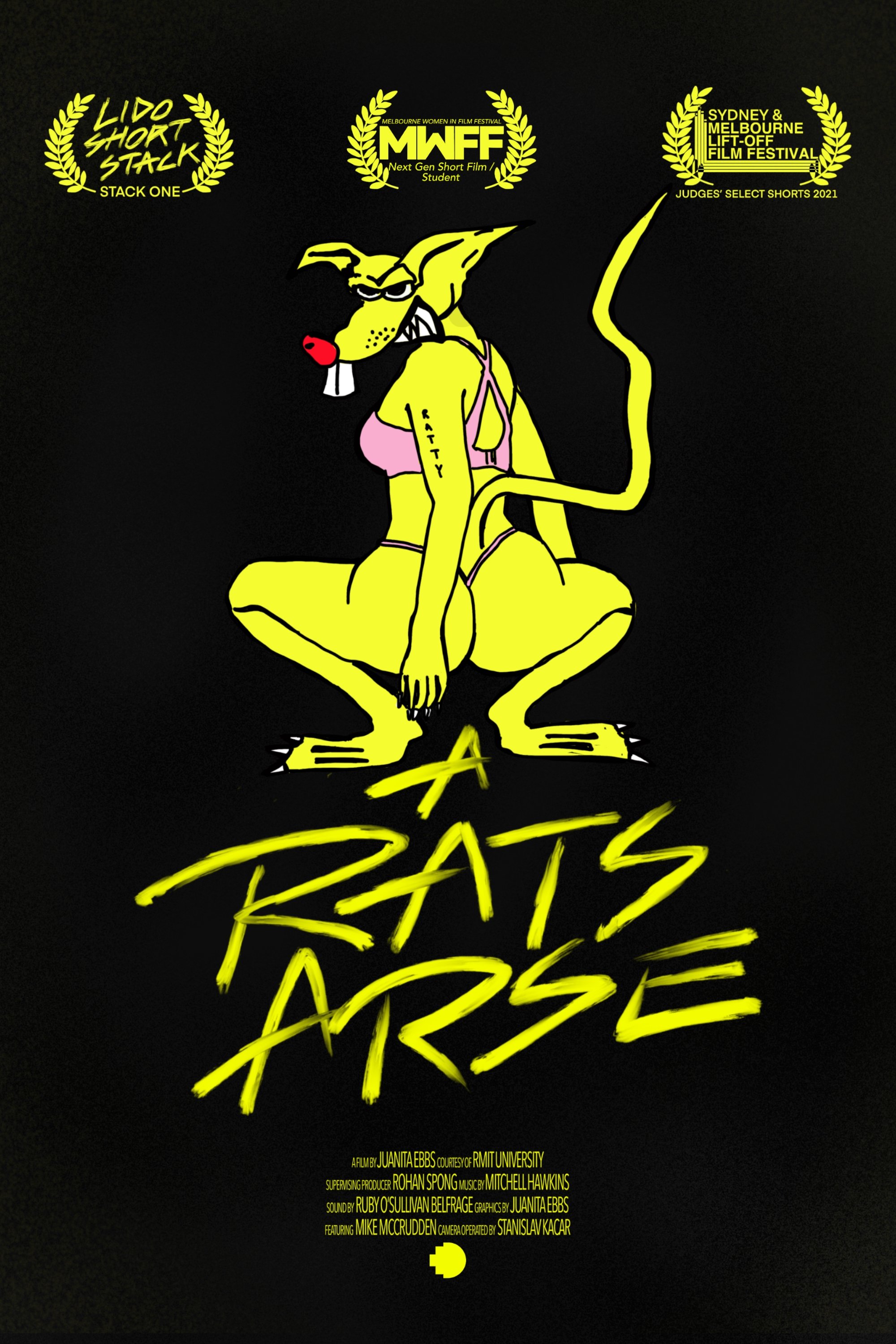
Sitting at the intersection of two main arteries of traffic on Melbournes Northside is a giant yellow rat that is pointing, with a long gnarled claw, to its explicitly large bottom. This yellow rat is the mascot for the small business Glenlyon Motors. This unusual mascot and the absence of an explanation for its existence has many residents of Melbournes north side puzzled. 'A Rats Arse' finally answers the question on every Northside residents lips - “Why?!” - and along the way reveals something about identity, values, community, and the people who exist within them.
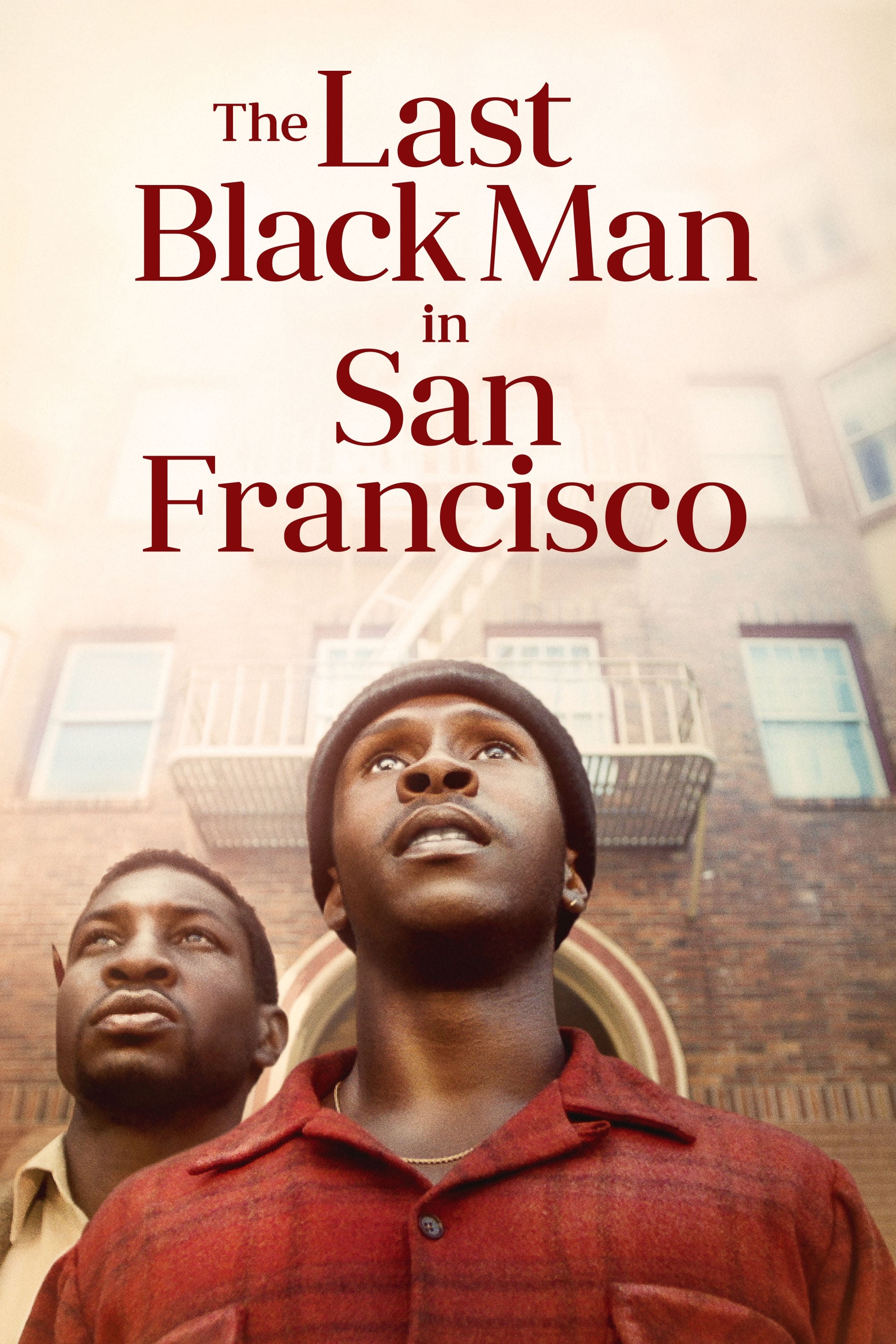
Jimmie Fails dreams of reclaiming the Victorian home his grandfather built in the heart of San Francisco. Joined on his quest by his best friend Mont, Jimmie searches for belonging in a rapidly changing city that seems to have left them behind.
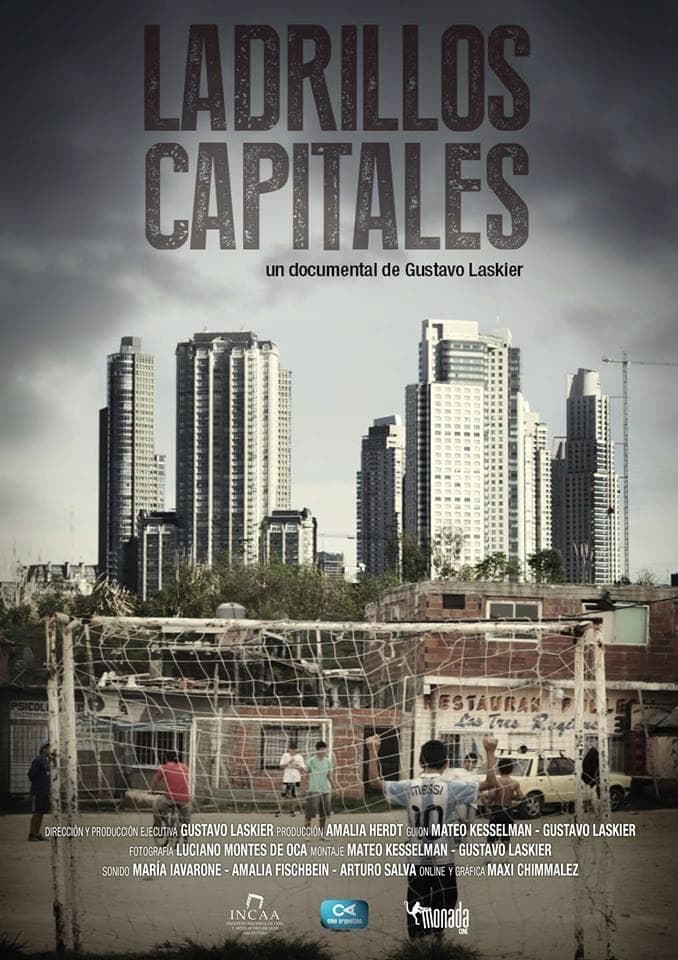
Villa Rodrigo Bueno, a poor neighborhood located on some sough after lands in Buenos Aires, in their struggle for urbanization and their fight against gentrification.
By browsing this website, you accept our cookies policy.